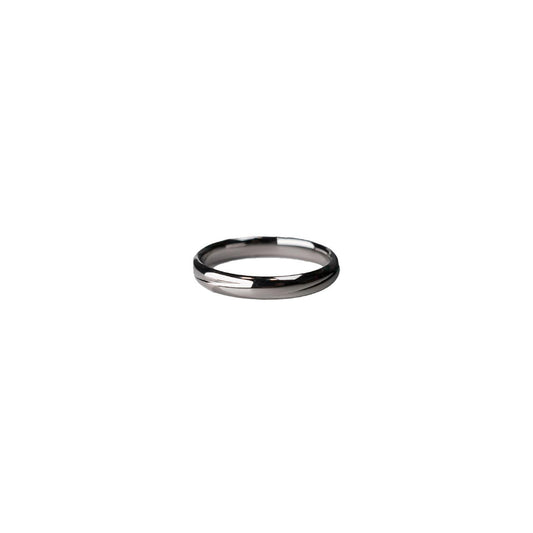The Art of Wearing an Engagement Ring Which Hand Holds the Promise
The Art of Wearing an Engagement Ring Which Hand Holds the Promise
When my younger sister got engaged last summer, her fiancé slipped a delicate diamond ring onto her left ring finger. I remember the moment clearly, not just because it was heartwarming, but also because it sparked quite the debate at our family brunch the following day. My uncle, ever the storyteller, swore that in some European countries, the right hand is the proper place for such a significant piece of jewelry, while my cousin, fresh off a semester abroad in Spain, passionately disagreed. This familial discussion piqued my curiosity, leading me down a rabbit hole of tradition and choice that I’d never really considered before.
In many Western cultures, including the United States, engagement rings traditionally adorn the left hand. This custom is often attributed to a charming old belief in the "vena amoris" or "vein of love," a special vein that supposedly ran straight from the fourth finger of the left hand to the heart. Although modern anatomy has debunked the vein's existence, the tradition persists, adding a touch of romantic mystique when one gazes down at that sparkling token of love.
However, there's more to consider once we step outside this familiar cultural bubble. In countries like Norway, Russia, and Greece, engagement and wedding rings are customarily worn on the right hand. This divergence isn't merely about cultural differences but also religious and historical influences that have cemented the right hand as the hand of honor, trust, and oath. While it’s fascinating to learn about these variations, the decision of which hand should display an engagement ring often circles back to individual preference or family tradition.
Beyond cultural factors, there’s the aesthetic and practical side of ring wearing that I never really considered until my own engagement. When my now-husband proposed, and my finger donned its new jewelry, I noticed the ring seemed to fit better on my right hand. As a lefty, I appreciated the comfort of keeping it on my dominant hand, even though it was unconventional for my social circle. This small act of defiance was barely noticeable, but it was a quiet nod to the importance of comfort and personal style over traditional norms.
Moreover, the choice of hand can also be impacted by how one plans to pair their engagement ring with a future wedding band. In Western tradition, both rings are stacked together on the left hand post-wedding. But what if you prefer a more symmetrical look or have a ring design that deserves to stand out solo on a finger? These are personal style thoughts that might not immediately come to mind amidst the excitement of an engagement but are worth pondering.
So, if you find yourself with a sparkly new addition to your jewelry collection, take a moment to decide which hand feels right for you. After all, the ring is not just a symbol of love and commitment but also a reflection of your personal journey and unique style. The hand you choose is just as much a part of that story as the ring itself.

























